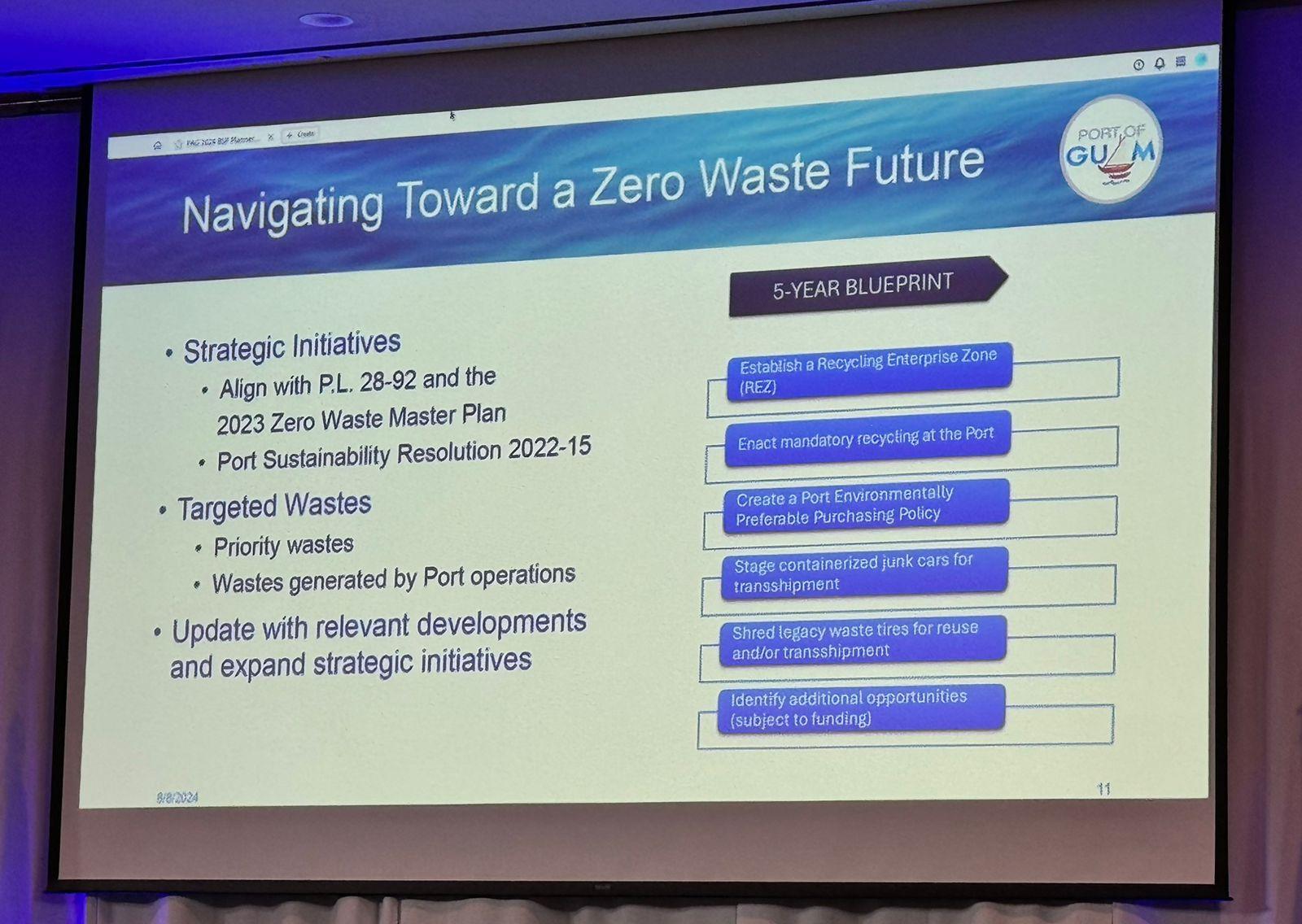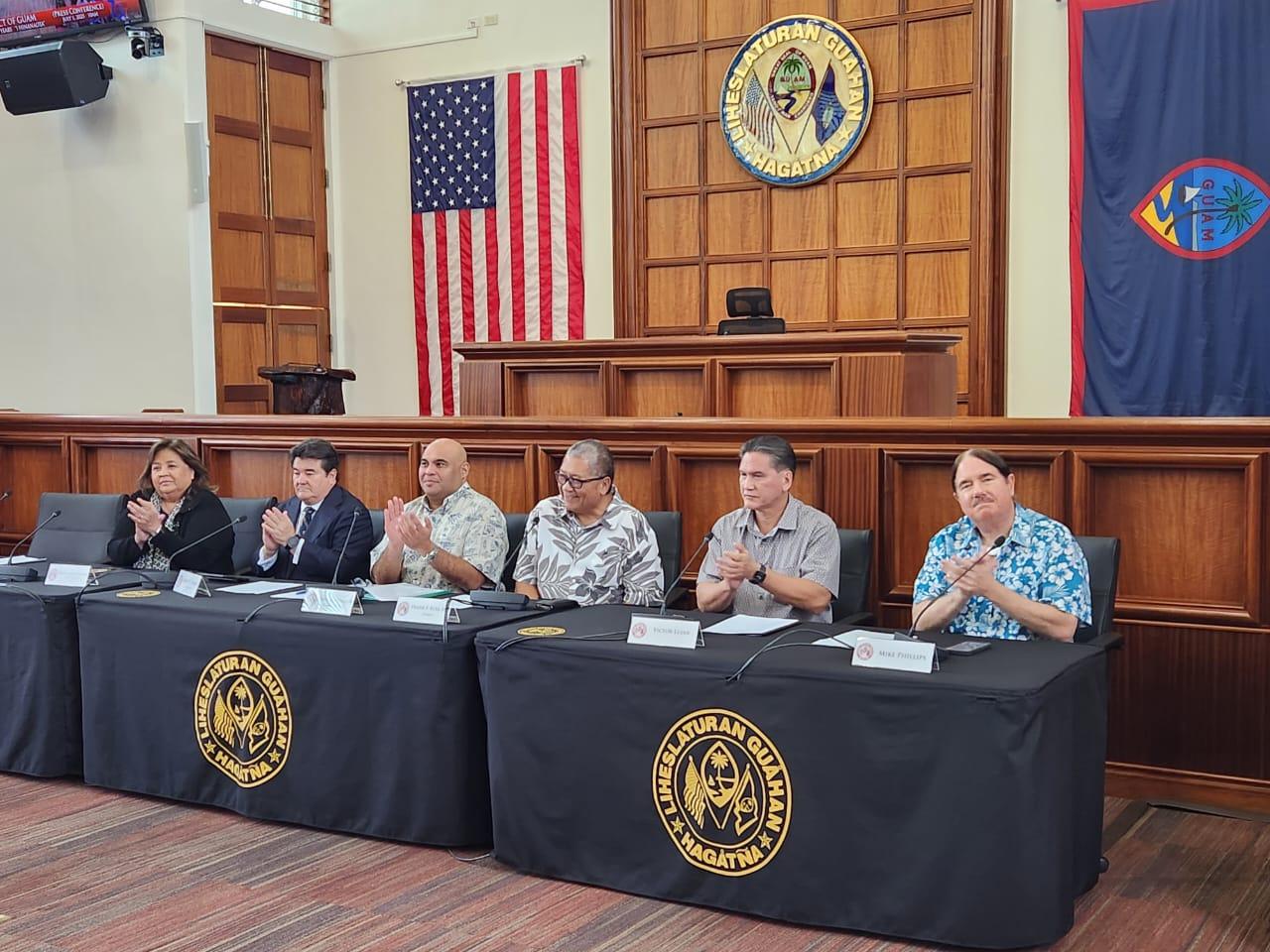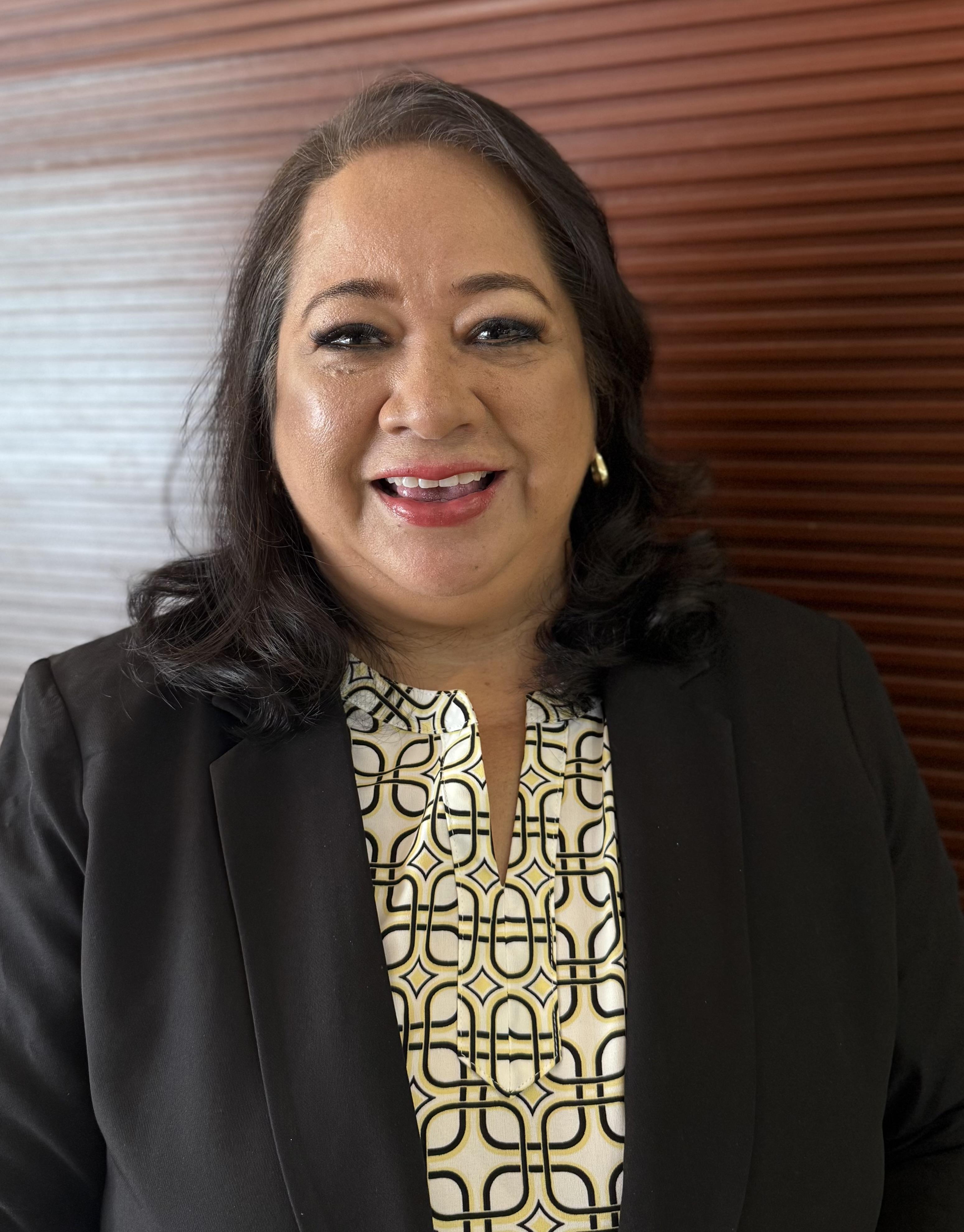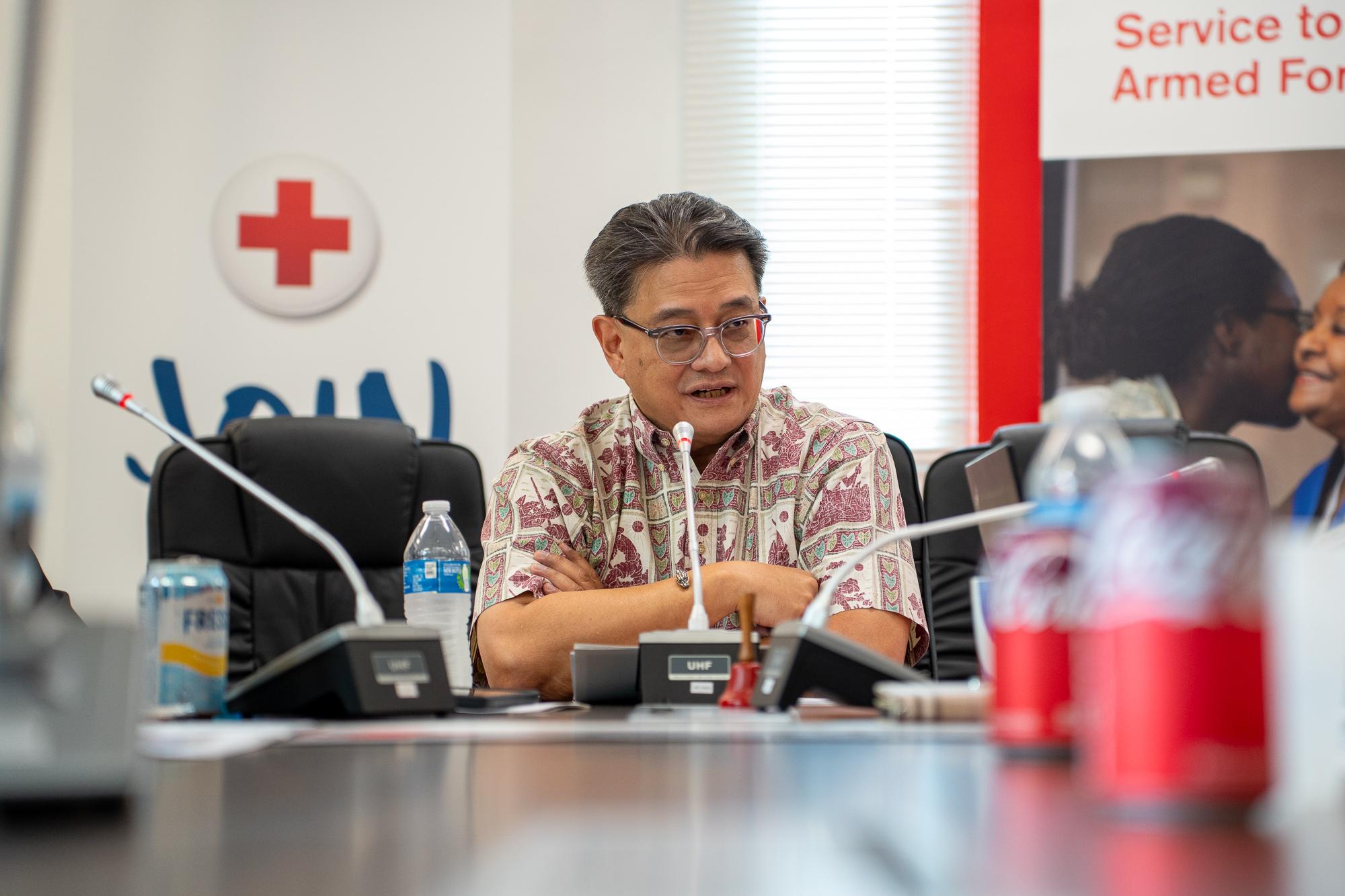BY PAULY SUBA
Journal Staff
The Port Authority of Guam presented its strategies for zero emissions and waste at the 9th Assembly of Planners Symposium on August 8, at the Hyatt Regency Guam, hosted by the Bureau of Statistics and Plans, along with the office of the Governor.

Conchita S.N. Taitano, a member of the Port Authority of Guam’s board of directors, said, “The Port Authority has positioned itself as a crucial transportation hub, with over 100,000 containers passing through annually, serving more than half a million residents in the Western Pacific.” Taitano emphasized the importance of the port’s role, saying, "A tremendous amount of work has already been undertaken...to build a more sustainable and resilient future for Guam's residents."

Corey Hines, project manager with Jacobs, an international consulting firm, provided insight into the ongoing sustainability efforts, saying, "Our task is called the Sustainability and Resiliency Plan, which includes two parts, zero-emissions strategy and the zero-waste strategy."
The port announced in April, a comprehensive Sustainability Plan focused on zero emissions, zero waste, and environmental stewardship. Supported by a $1.45 million grant from the U.S. Department of Defense Office of Local Defense Community Cooperation, the plan includes creating a recycling enterprise zone and using recycled materials for infrastructure projects. The initiative, launched with the Port's owner agent WSP, together with its subconsultant, Jacobs Engineering Group Inc.
The Port Sustainability Plan’s core objectives will focus on preserving natural resources through zero emissions, zero-waste initiatives, a recycling enterprise zone at the port, and the use of recycled plastic to rebuild Family Beach Road, as well as integrating these principles into the port’s operational framework.
Presenting virtually, Emily Sanders, the port’s zero emissions strategist from Jacobs, underscored the significance of the plan. "Tackling climate change and ecological harm must, and will, ultimately make us and our communities healthier...The port has an opportunity to be a champion or leader in this space," Sanders said. The comprehensive Port Sustainability Plan aims to enhance energy efficiency, reduce emissions, manage waste effectively, and preserve natural resources.

Julie Carver, founding principal of Congruent Environmental Strategies, also presented virtually. She shared that in April, key stakeholders in Guam, including Governor Lourdes A. Leon Guerrero and Lieutenant Governor Joshua F. Tenorio, gathered at Adelup to discuss the goals of the Port's sustainability plan. Carver said, “In that meeting the lieutenant governor wants to address abandoned junk cars and waste tires and clean up the island." Carver said that the Port's Zero Waste Strategy has been tailored to align with these priorities by focusing on initiatives related to managing priority waste, including "junk cars, trucks, and waste tires, as well as waste generated by port operations," such as office, maintenance, and construction debris. mbj
You can view the Port Sustainability Plan here: Port Authority of Guam's guiding road map
Guam Port presents zero emissions and waste plan
Recommended Articles...

‘History Comes Alive,’ commemorating the 75th anniversary of the signing of the Organic Act of Guam
The 75th anniversary of the signing of the Organic Act of Guam will be commemorated with a full slate of events to take place on Aug.1.
Read More 
The Dish - TanganTangan Grill
TanganTangan Grill opened on June 27 at the LeoPalace Resort Guam, occupying the space of the former Eataliano Restaurant.

Christina “Tina” Garcia Nominated to Serve as GEDA’s Administrator
The Office of the Governor of Guam announced June 30 that acting Governor Joshua F. Tenorio has officially nominated Christina “Tina” D. Garcia to serve as the next CEO and administrator for the Guam Economic Development Authority.

Red Cross Guam unveils “Power of Humanity” theme for Sept. 27 Red Ball
The Guam Chapter of the American Red Cross announced that its 23rd annual Red Ball gala will be held on Sept. 27 at the Hyatt Regency Guam.














